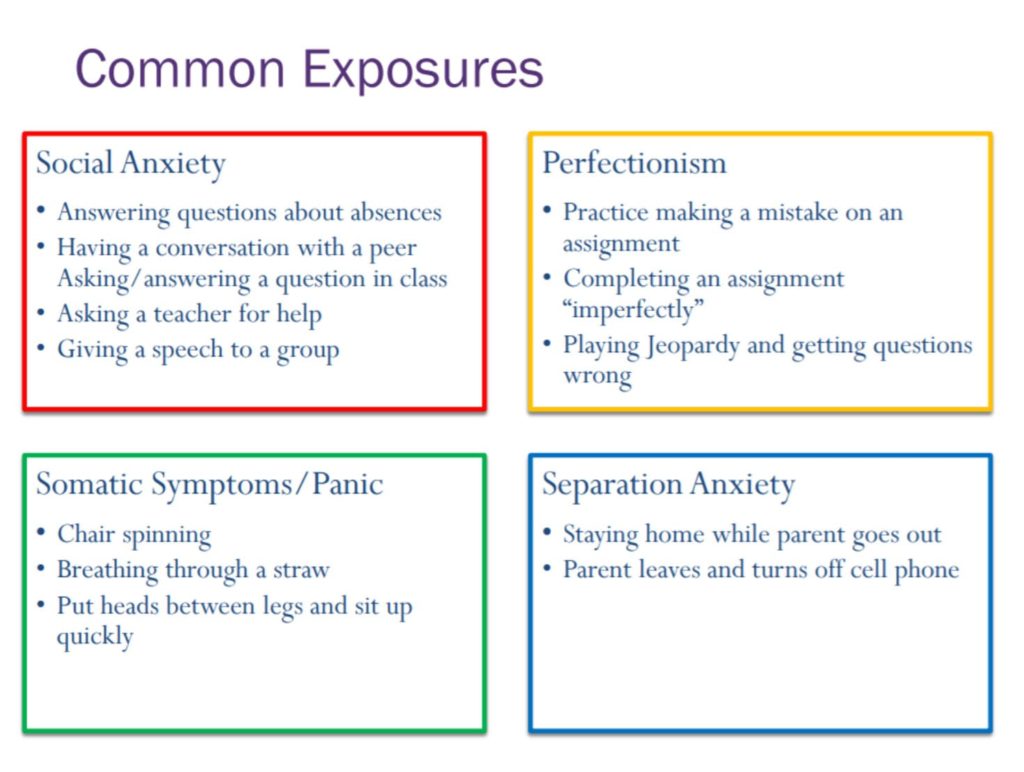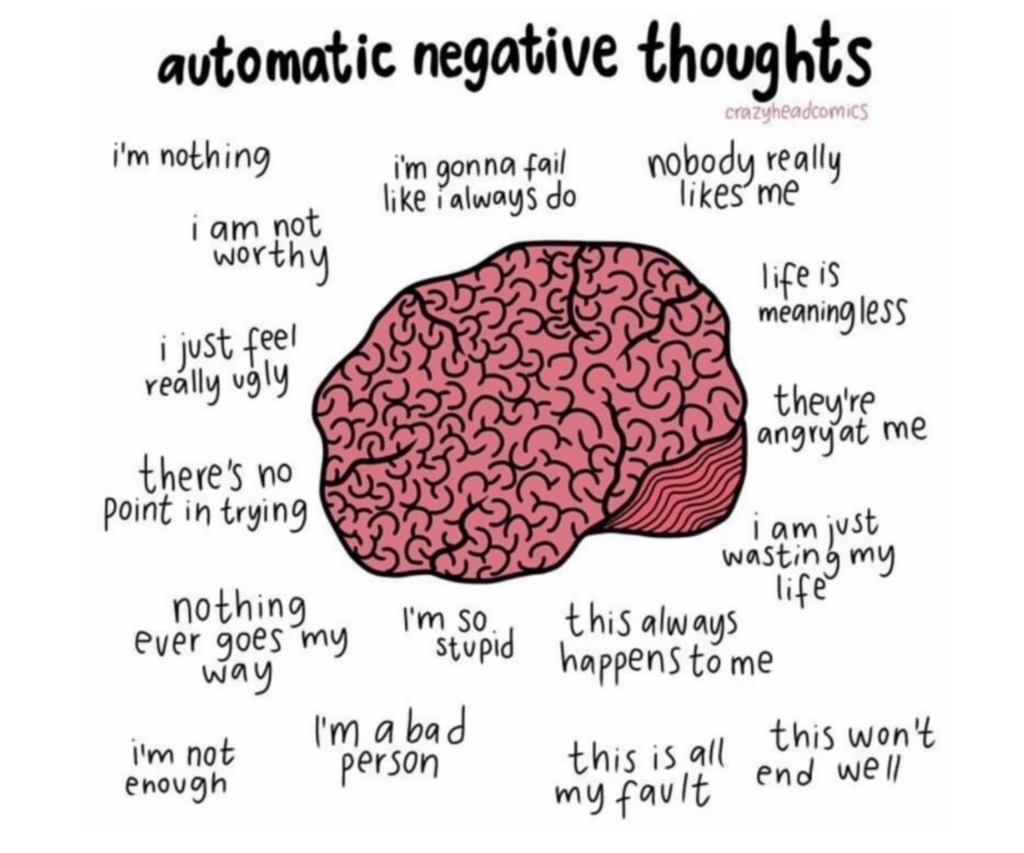Welcome to our school avoidance community. Together we can improve and save lives.
Our community is made up of families and professionals working toward improving awareness of evidence-based and best practice interventions for kids challenged with school avoidance.
THANK YOU!
Thank you for taking time out of your busy day. We know there are a lot of demands on you.
You are here because you care and want to help kids at your school challenged by school avoidance. We are grateful for professionals like you who choose to make a difference in someone’s life.
We promise to provide you with the most up-to-date and relevant information. What you need (no fluff) to help you succeed.

It sounds obvious and it is, but sometimes the word “communication” is used so much that it just loses the power behind the word.
Every bit of research shows that school avoidant kids have the best outcomes when the parents and school communicate, work together on an agreed-upon strategy, and that every person in school who is a touch-point for the student, implements their part of the plan.
School avoidance is when a child refuses to attend school or has difficulty remaining in school the entire day.
Child-motivated refusal to attend school or remain in class an entire day is not uncommon, affecting 5% to 28% of youths at some time in their lives.
It can start by missing a day or two sporadically over a few school years and slowly increase to the point where it’s becoming a problem.
If it comes on quickly, it could be from a specific incident or last straw event that crossed the line of a child’s ability to cope with the underlying issue,
But usually, there is a gradual build of signs leading to school avoidance.
School avoidant behavior can show as any of the following;
When the school avoidance behavior goes on for 1.5 – 2 weeks, it’s time to reach out to the family to see how you can help.
Mental health professionals often say that it is not uncommon for a child to hold it together during the school day; but then will have tantrums or crying jags at home.
Kids are very aware of how they appear to the other kids at school and their teachers. They don’t want to stand out by showing signs of distress or discomfort. They just want to blend in and be “normal.”
So, their decline in attendance missed classes, and increased tardiness may be your only sign.
School avoidance/school refusal is not a clinical diagnosis. It is a symptom of an emotional disorder or other underlying issues which propels the avoidance.
Therefore, there is no diagnostic code for school avoidance in the Diagnostic and Statistical Manual of Mental Disorders, 5th Edition: DSM-5 which is the definitive authority that defines and classifies mental health disorders.
If a child’s reluctance toward attending school is
then they have school avoidance and you should intervene now.
It’s not necessary to see their grades slipping or failing classes to require your attention.
We are here to help support you as you take action to help your students.
School avoidance behavior is often associated with the following disorders, learning differences, and other factors as noted below.
You may hear the terms comorbidity and co-occurring, which are similar; meaning having more than one disorder. For example, it is very common for kids with anxiety disorders to also have depression because their anxiety is affecting their daily functioning.
Anxiety-based school avoidance is a classic fight or flight response (also known as fight, flight freeze). Anxiety is normal, but it becomes problematic when our brain misinterprets or magnifies a particular level of threat, keeps reinforcing it, which then establishes it as a learned and valid response and transforms into pathways of anxiety.
The four functions of School Refusal were developed by Dr. Chris Kearny and Dr. Wendy K. Silverman to help determine the underlying causes of a child’s school refusal and then use that information to determine a specific evidence-based treatment plan.
Dr. Kearny describes the four main reasons why children refuse school.
Examples: being on the school bus, walking in the hallways, being on the playground, being in the lunchroom, sitting in the classroom and feeling fearful of not keeping up, the distress of not being able to do school work because of a learning difference.
The people at school, teachers, principals, or school staff in general. Or specific people that the child may feel uncomfortable around. The other kids at school. A general feeling of discomfort from being surrounded by a lot of kids all day, not wanting to be around particular kids or groups of kids, or feeling like they can’t relate to these other kids or a majority of them.
Examples: Tests, reading out loud to the class, speaking or presenting in front of others, athletic performance in the gym, the playground, or recreational school sports.
The two reasons above are negative or aversive, representing things that cause feelings to escape or avoid.
These causes (1 & 2 negative effects and 3 & 4 positive effects) can also be muddied by the fact that they can morph into and cause each other.
For example, a child may be avoiding school because their social anxiety makes them feel distressed in school. They stay home because of their anxiety, and can then start to gain the positive rewards of staying home. Like the safe cocoon-like feeling of isolating in their bedroom.
The School Refusal Assessment Scale is a psychological assessment tool that was created by Dr.Chris Kearney and Dr. Wendy K. Silverman to assess what is causing (one or more of the functions noted above) the child’s school refusal to then best inform the proper interventions.
The revised version (-R) was developed by Dr. Kearny and Dr. Anne-Marie Albano.
The SRAS-R will help establish the function of the child’s school refusal to help you, your mental health professional, and your school determine what course of action to take to help your child.
The SRAS-R will be of most value when you are first addressing a child’s school avoidance and are unsure if it’s caused by aversion to school or obtaining positive feelings from staying at home.
You’ll find the version for parents (as noted by the “P”) as well as the child version below:
Scoring Example
In this example, since the mean score is highest (4.3 ) in column 1. The function with the highest mean score is considered the primary cause (function) of the child’s school avoidance.

Researchers and clinicians who are experienced in helping get school avoidant kids back to school all agree that evidence-based modes of therapy; cognitive-behavioral therapy (CBT) and exposure therapy (ERP)
are the first-line treatments for school avoidance.
On our Types of Therapy/Modes of Therapy page, we also cover the value of dialectical therapy (DBT), Acceptance and Commitment Therapy, SPACE Treatment (new protocol out of YALE ).
According to clinicians and researchers dedicated to school avoidance, exposure therapy is a first-line treatment that helps kids get back to school and has shown sustainable long-term results.
“In Exposure Therapy, clients are asked to confront the situations they fear, starting with the least frightening situations, mastering them, moving to more difficult situations, mastering them, and so on until the most difficult situations no longer interfere with the client’s life.” *
With the assistance of a trained professional, the child stays in each level of anxiety long enough for the anxiety to decrease.
They learn that they can handle the anxiety from that exposure. Then the child will continue along the path of gradual exposures until they are comfortable being in school again.
Provide experience performing in and managing difficult situations
Practice and refine skills
Gather evidence to refute anxious thoughts
Habituate and tolerate anxiety
Courtesy of Dr. Anne Marie Albano
Unfortunately, exposure therapy hasn’t received much coverage in the mainstream media. And parents and schools sometimes aren’t aware of its value for helping with school avoidance. If you are having trouble finding an experienced exposure therapist; you aren’t crazy; there is a shortage of them. Luckily the mental health community has noticed this void, and many clinicians are currently getting professional training.
Ask them if they do. If the school doesn’t don’t, it’s ok; an experienced school psychologist in your school district should be able to prepare a slow reintegration plan. That will act as a desensitization protocol like exposure therapy. Always have your private mental health professional involved with your school team’s reintegration or exposure plan.
Eventually, your child will get to the point where they are working to enter the school building again. So, you and your school will have to agree on where your child will go their first time back in the school building, what room, with who, for how long? What activity should they be doing? When should academics be reintroduced? And what is the plan for the slow easing into school work? You cannot rush it.
Each school-avoidant child is different, so the timeframes and steps will differ. Sometimes the parent or school is eager to get the student back to class, back to a whole load of academics. Remember, slow and gradual is the way to go.
Each teacher and staff member your child Interacts with should be included in this reintroduction plan. If your child is involved with the intervention team, has a 504 plan, or an Individualized Education Plan, you should consider asking to have the gradual exposure and modifications of their school work (homework too) written into either of these instruments.
This video offers a simple visual understanding of exposure therapy. We recommend that you check it out.
Courtesy of Practical Psychology


Slides Courtesy of Dr. Anne Marie Albano
[real3dflipbook id=”4″]
Cognitive Behavioral Therapy (CBT) is a short-term treatment that focuses on teaching clients specific skills. CBT is different from many other therapy approaches. The cognitive model describes how people’s thoughts and perceptions influence their lives.
By helping them identify and evaluate their automatic thoughts, challenge negative thoughts, and shift their thinking emotions to change unwanted behaviors.
These are the dialogue of thoughts that pop into your head all day. They come up suddenly on their own with no effort.” Researchers vary in the estimated amount of thoughts we have a day; 6000-60,000. But no matter the exact number, that’s a heck of a lot of thoughts that affect our feelings, fears, worries, and self-worth.
These are negative automatic thoughts that cause negative distorted thinking, according to Dr. Aaron Beck (considered the creator of CBT in the 1960s). They are either; negative ideas about ourselves, the world, and the future. He discovered that negative thoughts like “I never do anything right” or “I’m such a loser” affected overall happiness, mental health and can even cause depression.
Research estimates 80% of our thoughts are negative, and 95% of these were exactly the same repetitive thoughts as the day before.
Now, consider this;
These baseless worries are a significant source of stress, tension and can cause or contribute to depression and anxiety disorders.

This video from selspace Canada clearly explains how parts of CBT work. It explains automatic thoughts, automatic negative thoughts, and how to challenge them and replace them in a cute, engaging way:
Also known as cognitive distortions; these are ways that our thoughts can become biased. We are constantly interpreting the world around us, and we can generate thoughts that aren’t accurate.
Cognitive distortions happen automatically. We don’t mean to think inaccurately, but unless we learn to notice them, they can have powerful yet invisible effects upon our moods and our lives.
You can see how our thoughts and thinking styles affect us. Hopefully, it gives you insight into how easily these thinking traps could cause school avoidance.
The primary goal in Dialectical Behavioral Therapy is to teach kids/adolescents the skills to more effectively manage their emotions (feelings toward school) and behaviors (avoiding school). In regard to School Avoidance, DBT considers that problematic behavior is a result of problems when a child cannot properly regulate or control their emotions (dysregulation).
The core skills taught in DBT are:
These skills are relevant to kids with school avoidance who avoid negative feelings that cause escape or avoidance.
The skills are usually taught in a skills training group. Therapists often say it’s more like a class than a group.
Some kids with school avoidance will have a hard time entering a group class at first. Usually, through the relationship with the therapist, they can help ease your child into the course. It’s the professional opinion of each DBT clinician to determine if not being able to attend the group will hinder the effectiveness of treatment.
Online groups are sometimes easier for school avoidance kids at first.
The therapist and patient have individual sessions where they tailor specific skills to specific life circumstances to achieve therapeutic goals (getting back to school).
Practitioners of DBT utilize the following Components as part of their Treatment Plan:
DBT can be hard to understand the first few times you read about it. This video explains DBT simply, and the video isn’t ho-hum boring. Presented by Dr. Esme Shaller, UCSF Department of Psychiatry and Behavioral Sciences, clinical director of child and adolescent outpatient services at Langley Porter Psychiatric Hospital and Clinics.
SPACE is a parent-based treatment program for children and adolescents with anxiety, OCD, and related problems. The research supporting SPACE has been ongoing for about ten years. It is a new approach, and many clinicians and parents are very excited to learn how to use it.
Parents who participate in SPACE will learn skills and tools to help their children overcome anxiety, OCD, or related problems. The treatment focuses on parents’ changes to their own behavior; they do not need to make their child change. The parents participate in SPACE treatment sessions, and in most cases, the child or adolescent does not need to attend the treatment sessions.
SPACE was developed by Dr. Eli Lebowitz at the Yale Child Study Center and has been tested and found to be effective in randomized controlled clinical trials. Parents of children with anxiety-based school avoidance have read Dr. Liebowitz’s book and will be providing feedback. A school in Perth, Australia, is also piloting a program utilizing SPACE, and we will share the results when they come in this Fall.
When SPACE treatment is successful, children feel less anxious and function better following treatment.
Unfortunately only a small percentage of school professionals, therapists, educational advocates and policy makers understand school avoidance best practices. So, you must become the expert to ensure your child is getting:
The time passing slowly without progress is the worst feeling. It wouldn’t have taken five years of suffering and uncertainty if I had this expert guidance during my son’s school avoidance. We would have saved $29,000 in lawyer fees and $69,000 for private schools.
